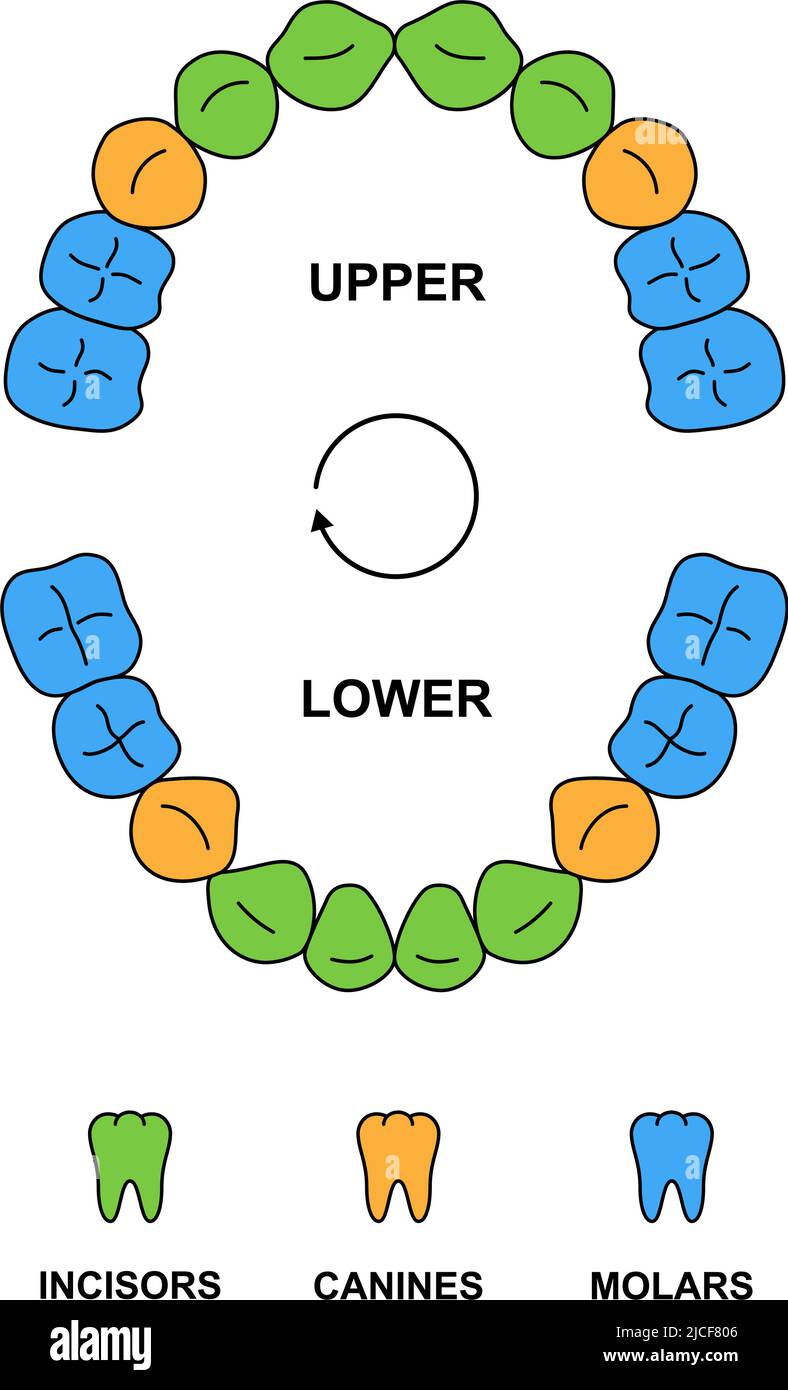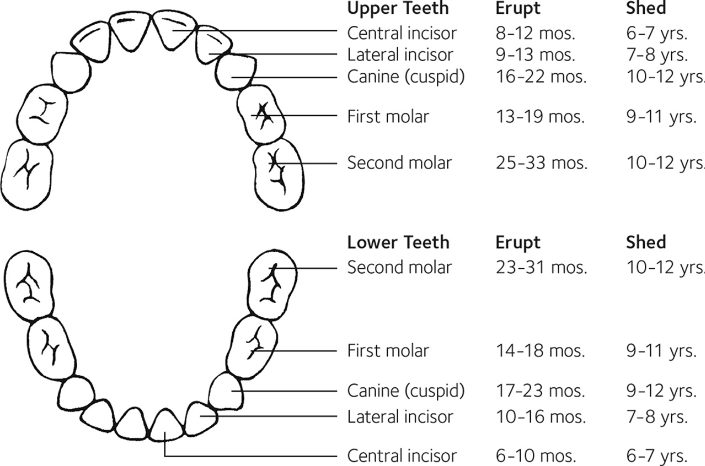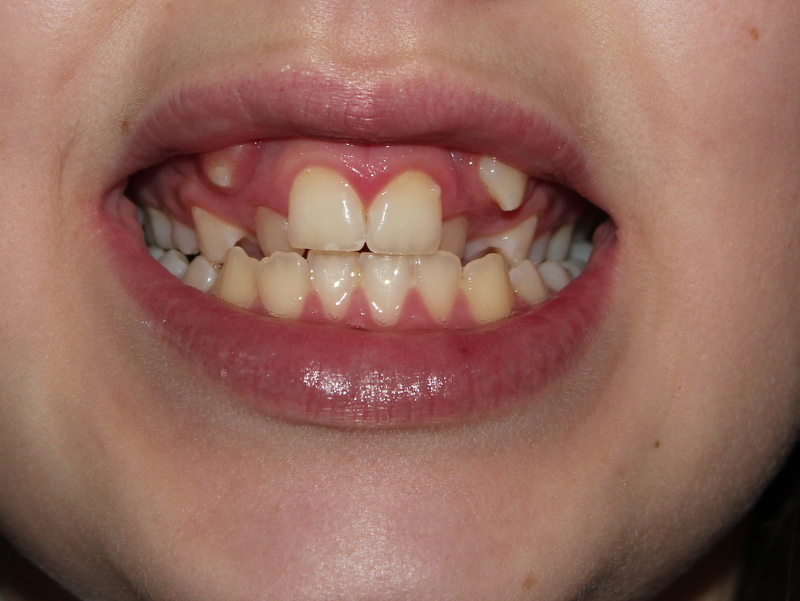Your basket is currently empty!

Process of Tooth Loss: Demystifying Early or Delayed Tooth Loss in Children
Discovering the journey of a child’s tooth loss holds significant insights into their growth. Delving into this article unveils the typical process of tooth loss in children and the reasons behind variations in timing. It’s a compass for parents to navigate their child’s dental milestones.
According to the American Dental Association (ADA), children tend to gain and lose their teeth between the following ages:
Baby Teeth Eruption Chart

Every child’s tooth journey starts around 6–7 years old, marked by the shedding of their first baby tooth. This phase can last up to the age of 12 years. This exploration uncovers not just the when but also the order in which teeth are likely to bid farewell.
Incisors, the front sharp teeth, are the pioneers that guide this departure. From the lower incisors making their debut around 6–12 months to the upper incisors that follow, this orderly procession sets the stage for the tooth-shedding process.
Molars, the back teeth for grinding food, usually step in after the child’s first birthday, around 13–19 months, with their companions joining the lineup by 25–33 months. The molars lead the way for the permanent molars, arriving at approximately 13 years old.
The canines, essential for tearing food, appear around 16–22 months on the upper gums, later followed by their lower counterparts at about 9 years old. This gradual progression heralds the arrival of permanent canines
Encouragingly, allowing a wiggly tooth to detach naturally is often the best practice. However, swift and gentle removal can be attempted by grasping the tooth with tissue or gauze.
Emphasizing dental visits from an early age is in crucial. Regular dental care ensures preventive measures against cavities and offers guidance on proper tooth care and habits affecting dental development.
All children are different, and some will lose their teeth earlier or later than average.
Early tooth loss in children
Some children will lose their baby teeth at a younger age than other children, particularly if these teeth came through earlier than average. However, premature tooth loss in children may be a symptom of dental caries, or tooth decay, requiring treatment from a dentist to prevent further tooth loss.
For instance, a 2015 case report highlighted various severe yet rare health conditions associated with premature tooth loss, like Papillon-Lefèvre syndrome, Chediak-Higashi syndrome, Hypophosphatasia, Neutropenia, and Langerhans cell histiocytosis. These conditions can cause inflammation, bone and teeth weakness, increased susceptibility to infections, and tooth mobility issues, potentially leading to premature or delayed tooth loss.
PC-healthrow.net
Concerning late tooth loss, it’s important to note that not all children follow the same timeline. Some might not begin losing their baby teeth until they’re about 8 or 9 years old. This delayed process could sometimes indicate an underlying health condition like Andersen-Tawil syndrome, Osteopetrosis autosomal recessive 2, or Autosomal dominant hyper IgE syndrome, affecting the teeth’s development and impacting the usual sequence of tooth loss.
When it comes to dealing with a loose tooth, it’s generally advisable to let it fall out naturally. However, if there’s a need to remove it, gently twisting it with tissue or gauze could be attempted. This understanding of tooth loss variations and related conditions can empower parents to navigate their child’s dental health journey more effectively, ensuring timely care and attention when needed.

Leave a Reply